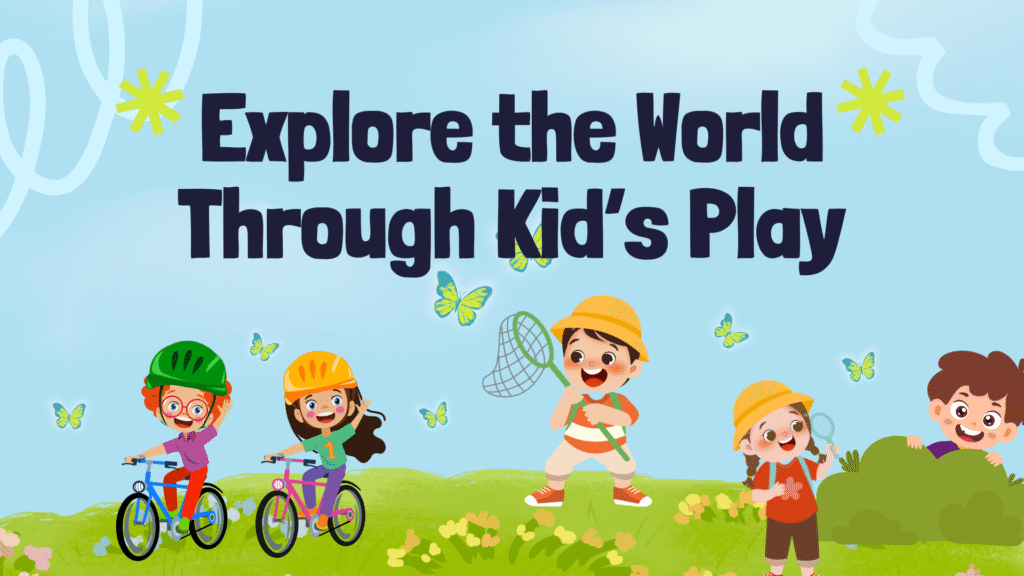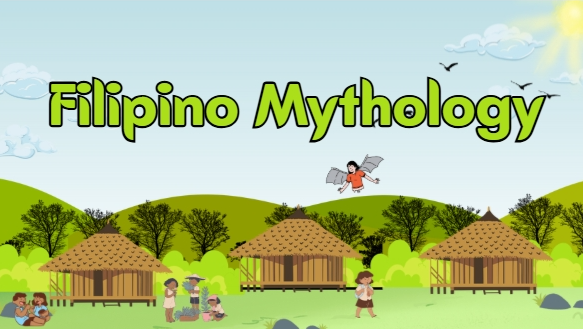
Play has historically played a vital role in many civilizations throughout the world and is now an essential aspect of childhood for most animals (and humans too!). In addition to fostering our imaginations, problem-solving abilities, resiliency, creativity, and pro-social tendencies, play helps us grow healthy brains and neurological systems and overall keeps us happy and healthy.
Today, we’ll talk about how play has changed over time and how it’s crucial to a vibrant, well-functioning society. Long before we had the scientific expertise to prove play’s significance in cognitive and emotional development, it was an essential component of a child’s existence. Due to its significance, it is more of a rite of passage than a privilege, and all children should be able to participate in it. The same was true in Rome, where kids played in a variety of ways, including rag dolls for the girls and war games and wrestling for the guys. Children were still able to play with homemade toys or act out stories during the Middle Ages, when they were frequently forced to work. During the Renaissance, well-known intellectuals of the time popularized concepts like play-based teaching and learning via first-hand experience. In the centuries that followed, these concepts underwent significant development. The first Kindergarten was established by the German educator Froebel in 1837, and in the early 20th century, the industrial revolution brought about the introduction of manufactured games like Monopoly, a version of “Life,” and jigsaw puzzles.
As urbanization increased worries about the safety of children playing on the streets, playgrounds also became more and more popular. Despite the fact that scientific study has demonstrated the importance of children’s play, our contemporary way of life is endangering it. Due to hard occupations and long commutes, parents in many affluent nations have little time to play with their children. Even more disturbing is the fact that children themselves have little time to play because of their too busy schedules, which is the product of a mentality that believes kids should be “set for success” from an early age. But play deprivation not only jeopardizes a child’s healthy development but is also a significant contributor to childhood sadness and obesity. Another problem is that, especially in urbanized nations, parents are hesitant to let their children play unsupervised outside.
Nowadays, children play in’safer’ places like their homes or play areas under the continual supervision of their parents. However, there is a straightforward answer to all of this: declutter and streamline your own and your kids’ calendars. Togetherness will be strengthened and smiles will be spread among you by the quality time you spend playing. And don’t forget to cut back on the helicopter parenting! To fully benefit from play, which includes developing self-assurance in their choices, problem-solving skills, and a sense of agency in the world—all essential components of developing a strong brain and well-rounded personality—children should be allowed to explore a game and make decisions on their own.
Here are some examples of kids’ play activities:
- Imaginary Play: Children often engage in imaginative play, where they create and act out scenarios using their imagination. This can include playing “house,” pretending to be superheroes, or going on imaginary adventures.
- Outdoor Play: Outdoor play activities can involve running, jumping, climbing, and exploring. This might include playing tag, riding bikes, playing on swings and slides, or simply running around in a park.
- Board Games: Many kids enjoy playing board games like Monopoly, Scrabble, Candy Land, or chess. These games encourage strategy, critical thinking, and social interaction.
- Arts and Crafts: Kids love to get creative with arts and crafts. They can paint, draw, make collages, create sculptures, or engage in DIY projects using various materials.
- Pretend Play: Children often enjoy role-playing games where they take on different roles. This could be playing “doctor,” “teacher,” or “chef” using playsets or props.
- Building with Blocks: Playing with building blocks, such as LEGO, encourages creativity and helps with fine motor skills. Kids can construct buildings, vehicles, and more.
- Puzzles: Solving puzzles, whether jigsaw puzzles or brain teasers, challenges kids’ problem-solving skills and patience.
- Outdoor Sports: Playing sports like soccer, basketball, baseball, or tennis not only provides physical exercise but also teaches teamwork and sportsmanship.
- Dress-Up: Dressing up in costumes and playing make-believe characters allows kids to explore their creativity and storytelling abilities.
- Musical Play: Some kids enjoy playing musical instruments or simply making music by clapping hands, singing, or banging on pots and pans.
- Nature Exploration: Exploring nature, going on nature hikes, or even just observing insects in the backyard can be an educational and enjoyable form of play.
- Water Play: Playing in water, whether in a pool, at the beach, or with a hose in the backyard, is a favorite summertime activity for many kids.
- Cooking and Baking: Kids can participate in cooking and baking activities with adult supervision, learning basic kitchen skills and having fun with food.
- Storytelling: Encouraging kids to create and tell stories, whether orally or through writing and drawing, stimulates their creativity and language development.
- Technology-Based Play: Many kids also enjoy playing video games, educational apps, and interactive digital games, which can be both entertaining and educational when used in moderation.
These examples of play activities provide children with opportunities for learning, creativity, social interaction, and physical development while having fun.




